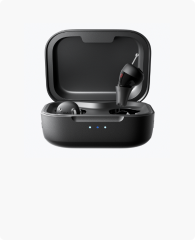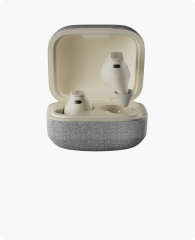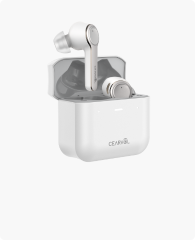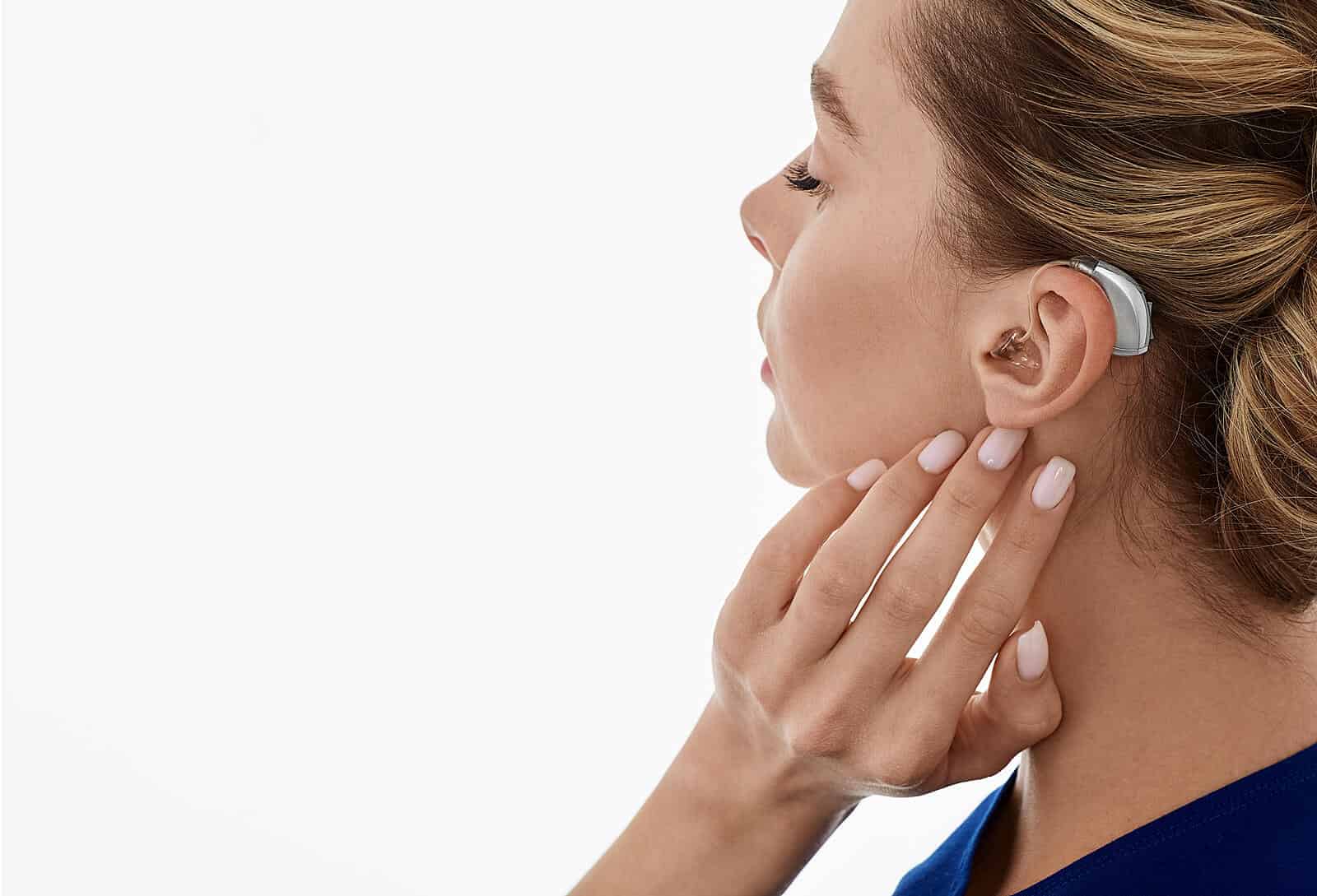Noise exposure is a key factor in hearing health, and understanding safe decibel levels is crucial for preventing hearing damage. Prolonged exposure to high decibel levels can lead to permanent hearing loss, making it essential to know what sound levels are safe for humans, infants, and daily activities like listening to music. This guide will explore safe decibel levels for humans, infants, and music, discuss what noise levels can be harmful, and provide practical tips to protect your hearing. Additionally, we will cover whether white noise is bad for babies and how to make informed choices about hearing protection, including hearing aids.
🚀 Navigate This Post
You may also be interested in:
- Ringing in Ears? Cost and Value of Best OTC Hearing Aids for Tinnitus
- Musical Ear Syndrome: The Strange Sound You’re Not Imagining!
- [Updated] How to Get Water Out of Your Ear: Effective Tips in 2025
Part 1: What Are Safe Decibel Levels?
Noise exposure is a crucial factor in maintaining good hearing health. Understanding safe decibel levels is essential for preventing hearing loss and ensuring long-term auditory well-being. Decibels (dB) measure sound intensity, and prolonged exposure to high decibel levels can lead to permanent damage.

Diamond X1 - Best Hearing Aids with Bluetooth
Newcomer Price
$249.99 $309.99
- ✔ Adaptive sound modes for clear hearing.
- ✔ Bluetooth for calls & streaming.
- ✔ App-controlled, customizable adjustments.
- ✔ Rechargeable & fast charging.
- ✔ Ideal for mild to moderate hearing loss.
For individuals using hearing aids, such as Cearvol hearing aids, maintaining appropriate sound levels is vital to ensuring a comfortable and effective hearing experience.
1. Safe Decibel Levels for Humans
The general consensus among health organizations is that safe decibel levels for humans should not exceed 70 dB for prolonged exposure. Sounds above 85 dB, such as heavy traffic or a lawnmower, can be harmful if experienced for extended periods.
2. What Decibel Level Is Harmful?
Noise levels above 85 dB for more than eight hours can cause hearing loss. For example:
- 85 dB: Heavy traffic, lawnmowers (safe for up to 8 hours)
- 100 dB: Chainsaws, concerts (safe for 15 minutes)
- 120 dB and above: Fireworks, sirens (immediate damage possible)
A comprehensive decibel chart can help individuals understand noise exposure and its risks.

Part 2: Safe Decibel Levels for Different Age Groups
Different age groups have varying tolerances to sound exposure. Infants, children, and adults require different levels of protection from excessive noise.
1. Safe Decibel Levels for Infants and Babies
For infants, whose auditory systems are still developing, safe decibel levels are even more critical. The American Academy of Pediatrics (AAP) advises that safe decibel levels for infants should not exceed 50 dB to ensure optimal hearing health for babies, similar to a quiet conversation. Exposure to noise above 60 dB—such as loud television or traffic—can be unsettling and potentially harmful over time.

2. Safe Decibel Levels for Adults
For adults, noise levels up to 70 dB are generally safe for continuous exposure. However, environments such as concerts, construction sites, or loud workplaces often exceed safe limits. Proper ear protection or hearing aids with noise control can be beneficial in these situations.
Part 3: Safe Decibel Levels for Music and Daily Activities
Listening to music at a safe volume is crucial for long-term hearing health. Many people unknowingly listen to excessively loud music through headphones or speakers.
1. Safe Decibel Levels for Music
Headphones and earbuds can reach volumes of 100 dB or more, so experts recommend keeping personal audio devices at a safe level of 60-70 dB, with a maximum limit of 85 dB. To protect your hearing and enjoy music for longer, it's best to set the volume at 50-60% of the maximum. When using Bluetooth-enabled earbuds, adjust the volume through your phone's settings to stay within a safe range. In louder environments like concerts, where sound levels often reach 100-110 dB, wearing ear protection is essential.
2. Protecting Your Ears from Everyday Noise
Everyday activities such as using a hairdryer (80 dB), vacuuming (70 dB), or attending sporting events (90-100 dB) can contribute to noise-induced hearing loss. Choosing best otc hearing aids with noise control features can help protect the hearing of those who with hearing loss.
Part 4: White Noise and Its Impact on Hearing
White noise is commonly used for relaxation and sleep aid, but is it safe for everyone, including babies?
1. Is White Noise Bad for Babies?
In addition, white noise machines used to help babies sleep should be used with caution. Continuous exposure to white noise at high levels can potentially affect language development. Ensuring that these devices are kept at safe decibel levels will help protect your baby's hearing health. The American Academy of Pediatrics suggests keeping white noise machines below 50 dB and placing them at least 7 feet (2 meters) away from the baby's crib.

2. White Noise vs Green Noise
Different types of noise have varying impacts on hearing health. If you're curious about the benefits and risks of different sound types, check out this detailed comparison: white noise vs green noise.
Part 5: How to Protect Your Hearing within Safe Decibel Levels?
Maintaining good hearing health requires awareness of safe listening practices and protective measures. Since hearing damage is often irreversible, proactive steps should be taken to minimize risk and preserve auditory function.
1. Use Hearing Protection
When exposed to loud environments, earplugs or noise-canceling headphones can reduce harmful noise levels. Workers in noisy settings such as construction sites or factories should wear protective earmuffs to limit prolonged exposure to dangerous sound levels.

2. Opt for Bluetooth Hearing Aids
For those with hearing loss, best bluetooth rechargeable hearing aids offer customizable sound levels while preventing further auditory damage. These devices allow users to adjust volume and filter excessive background noise, ensuring a safer and more comfortable listening experience.
3. Monitor Your Surroundings
Being aware of noise exposure in daily life and using tools like a decibel meter can help you maintain safe listening habits. Smartphone apps and wearable devices can track environmental noise levels, alerting users when sound levels become potentially harmful. Here are other sound level meter apps:
-
NoiSee (iOS)
-
SLPnFFT Noise Meter (iOS)
-
Sound Meter X (iOS)
-
Sound Meter (Android)
-
SoundPrint (iOS and Android)
4. Follow the 60/60 Rule
To prevent hearing damage from personal audio devices, experts recommend the 60/60 rule—listening at no more than 60% of the maximum volume for no longer than 60 minutes at a time. Taking breaks from loud noise exposure helps reduce cumulative damage.
5. Get Regular Hearing Checkups
Routine hearing tests can detect early signs of hearing loss, allowing individuals to take preventive measures before irreversible damage occurs. If any symptoms of hearing impairment arise, consulting an audiologist for professional evaluation and advice is recommended.
Conclusion
By understanding safe decibel levels, you can take proactive steps to protect your hearing. Whether adjusting personal music volume or choosing hearing aids with advanced features, maintaining healthy hearing practices ensures long-term well-being.








Leave a comment
All comments are moderated before being published.
This site is protected by hCaptcha and the hCaptcha Privacy Policy and Terms of Service apply.